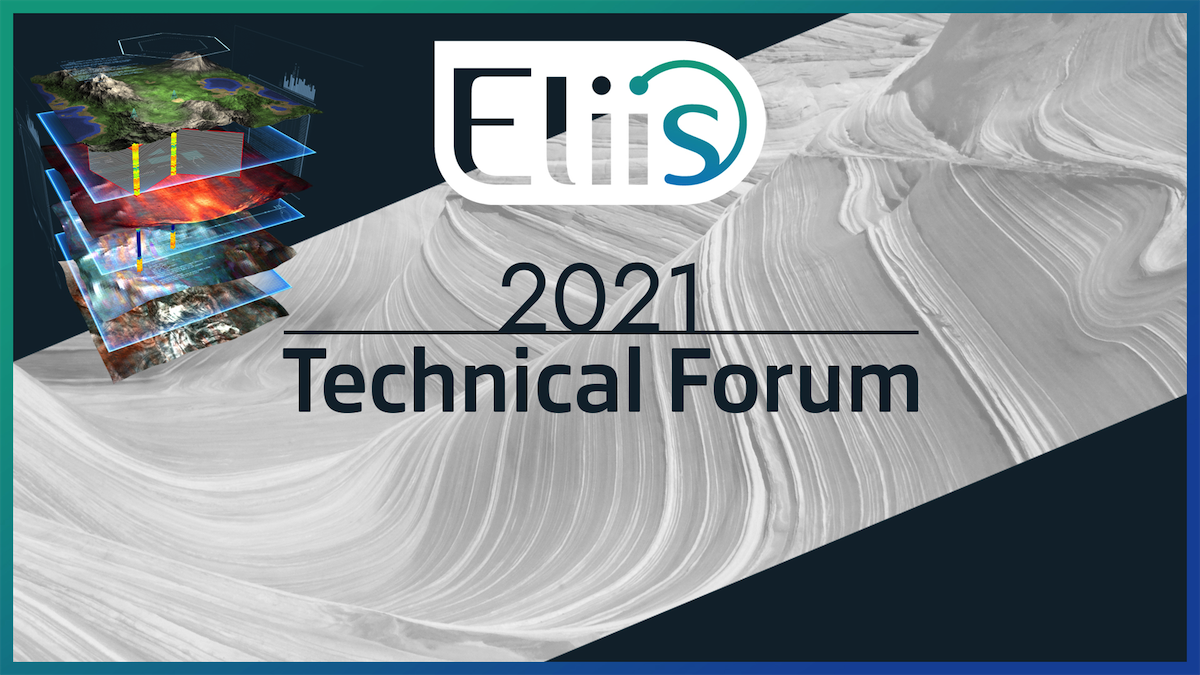PaleoScan™ 2021 Technical Forum retrospective

PaleoScan™ 2021 Technical Forum retrospective
This year’s Eliis Technical Forum was a great success thanks to all of you! We were blessed on having more than 400 participants over the 3 different sessions. We are proud to see that people from all around the world show their interest in PaleoScan™ , all major regions were represented: Asia, Oceania, Europe, Scandinavia, Latin America, North America and Middle East! We owe you a big thank you for your implications and contributions to our events and we hope that you enjoyed the sessions.
A special thanks to all of our external speakers for sharing their work and findings with us. It was very interesting to see how you have been successfully using PaleoScan™ to tackle different challenges from modelling carbonaceous depositional facies (Grisel P. J. Soto, UTP), assessing new and old plays in the Danish Central Graben (Veronika Kustkova, Royal Holloway London), unravelling a hidden field in a mature area (Yolanda Ruiz, YPF), integrating seismic stratigraphy and structural framework (Vladimir Cabello, CNPC Peru), creating high resolution 3D geomodel (Robin Dommisse, BEG UT Austin) and testing PaleoScan™ technology on different settings (Daniel Pineda, Pemex).
The main highlights of the Technical Forum from the Eliis team were the 2 live demos spotlighting the AVO post-stack attributes to enhance the geobodies volumetrics and the Extended Elastic Impedance (EEI) workflow boosting the reservoir characterisation.
Please find here the video recording of the Eliis’ presentations for you to watch again or share with your co-workers.
AVO post-stack attributes analysis
We decided to perform the AVO post-stack analysis to try to better characterize gas anomaly volumetrics in our reservoir. The data available consists of three seismic volumes with angles lower or equal to 30°, allowing us to use the Shuey 2-term method. We choose to compute the Gradient, Intercept and Gas Indicator attributes. The Gas Indicator allows enhancing the visualization of high gas probability zones. The Gradient and the Intercept are combined in a classic Gradient vs. Intercept crossplot to identify the class anomalies. In our crossplot, the Class IV anomaly is highly predominant. We decided then to extract it and compute the volumetrics of the associated geobody. Even if this workflow is simplified (e.g., time-depth conversion, class anomaly delineation), the gas anomaly volumetrics obtained with this method is close to the ones found in the literature.
Extended Elastic Impedance (EEI) workflow
The workflow of Extended Elastic Impedance allows us to create a reservoir property volume from angle stack volumes and well data. From several well logs, a mean correlation is estimated between the EEI logs according to angles with the reference property, in this case the porosity. Once the angle has been identified, a reflectivity volume is computed from angle stack volumes and used as input for the least-square inversion. An a priori model has been defined by propagating EEI logs along the isotimes of the RGT model coupled with a low-frequency filtering. Finally, a simple linear regression is applied to the inverted impedance volume to get the final porosity volume thanks to the high correlation between the two properties.

